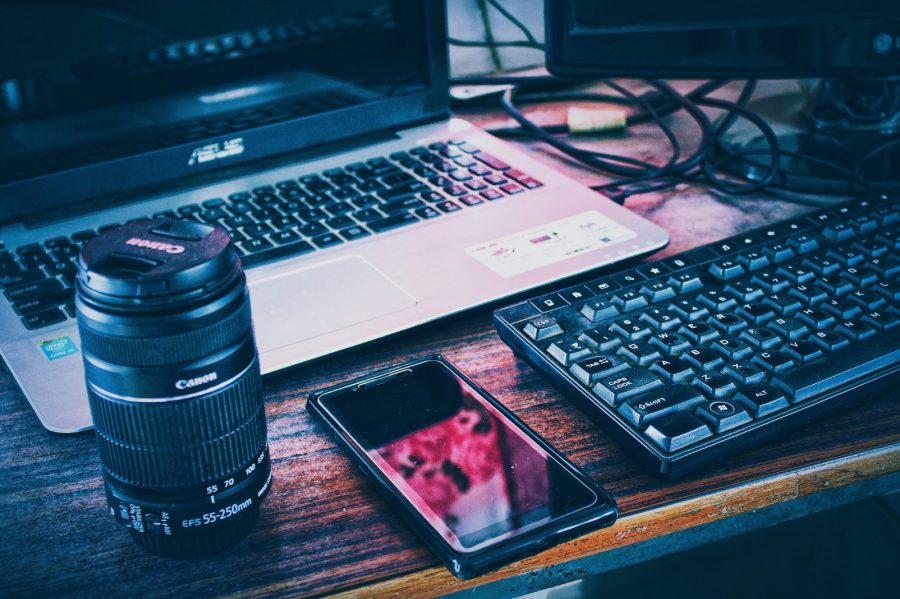Construction of Different Identities in the Digital World

Identity itself is a sense of who we are as individuals and as members of social groups. It can also refer to how other people perceive us. It can be a combination of physical and behavioral traits that can define who you are. For example, your name, eye color, and fingerprints.
People display a series of masks to others because we are so concerned about how we actually come across. We play a number of different parts, determined by every situation we are put in. In every situation, we adapt and choose who we want to be determined on who we are with. Every day, more and more people are going online to be a part of something. The lives of personas are becoming more and more visible online, due to the growing social media platforms available at everyone’s fingertips.
Every day, we scroll, post, and share — but who are we becoming in the process? Our sense of who we are has increasingly become shaped by our digital spaces that surround us. Every post, scroll, react, and share — every tap and upload has been adding to another layer of our online selves. The internet was once imagined as a tool for connection and reunion. Today, it can be either a mirror of our persona or distorting our identities.
Sociologist Erving Goffman once said that everyday life is a stage in which we perform different versions of ourselves depending on the social setting. In the digital era, that stage has multiplied. We now have the option to juggle identities across multiple platforms. Each platform invites a different kind of performance. Instagram has visual perfection, TikTok favors humor and relatability, Twitter (X) provides users to show wit or outrage. The design of these spaces creates a feedback loop where validation becomes a part of identity itself. When a post performs well, we internalize approval. When it doesn’t, it can feel like a rejection of not just of the content we put out, but of us and the opinion or picture we share.
I often struggle with what I put out online to share with others. I personally use Instagram to show my friends and family what I’m up to when I can’t see them or talk to them face to face. I use TikTok rarely, but I relate to how humor revolves around that platform because the videos I put out on my TikTok are supposed to make people laugh. My relationships with these platforms have always been up and down, but I’m always so careful about what I put out there and how much I put out there. I feel like this relates to the idea that the world is a stage. The front of the stage is how we present ourselves. This is every post I put out there or every social interaction I have with anyone. Goffman argued that this is where individuals are consciously managing their behavior in a public space, while backstage is a private area where we can relax and drop the act but also preparing for front-stage performances. This can be photos we don’t post online, things we don’t share to our family or friends. Or posts that are private and restricted to a select few.
Every scroll through media is shaped by algorithms that learn from our behavior online. This is formed by what we click, watch, or skip. With that information, the algorithm builds a portrait of us. Our digital identity becomes a combination of what we choose to share and what the system identifies with us. There is a mirror that reflects who we are online and who we are in real life, but are they the same person?
Refrences:
https://www.facinghistory.org/resource-library/exploring-concept-identity#:~:text=Defining Identity,may perceive and label us.


I really liked how you highlighted that, every post, scroll, react, and share, every tap and upload has been adding to another layer of our online selves. This shows how our digital activities shape our identity. Also, your mention of Goffman’s idea that ‘life is a stage’ and we perform different versions of ourselves really helped deepen the analysis of how we manage our online personas.